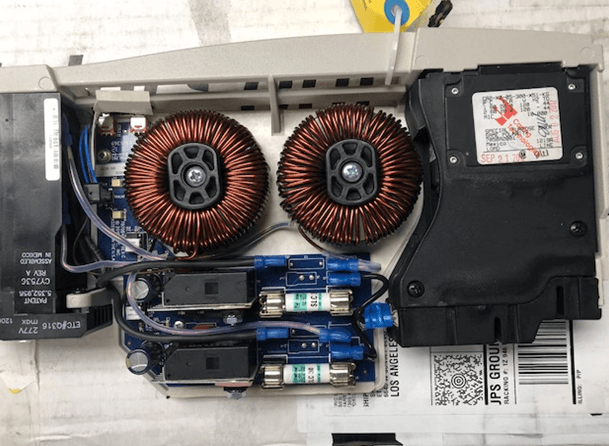Stan Longhofer
Active Member
I have a Chauvet Pro D6 dimmer pack on which the channels can be configured to work as dimmers or relays, and I can configure the "no dmx signal" to blackout. I know that many dmx devices require a constant AC power source (not a dimmer running at 100%).
My question is this: Properly configured, can I use this dimmer pack as a true relay to shut off power to my other dmx devices when I shut down my console, or does configuring this device in "relay mode" simply provide the same power as it would in dimmer mode with the channel set at 100%?
Thanks in advance for any wisdom.
My question is this: Properly configured, can I use this dimmer pack as a true relay to shut off power to my other dmx devices when I shut down my console, or does configuring this device in "relay mode" simply provide the same power as it would in dimmer mode with the channel set at 100%?
Thanks in advance for any wisdom.



